Learn how to make the BEST, easy French Toast recipe in less than 30 minutes with coveted crisp, caramelized edges, and fluffy, tender centers. This recipe uses a thicker custard with the perfect egg ratio (never eggy or soggy!) infused with cinnamon, vanilla and optional orange zest. TONS of tips, variations, topping ideas and how-to-video included!
Watch How to Make French Toast
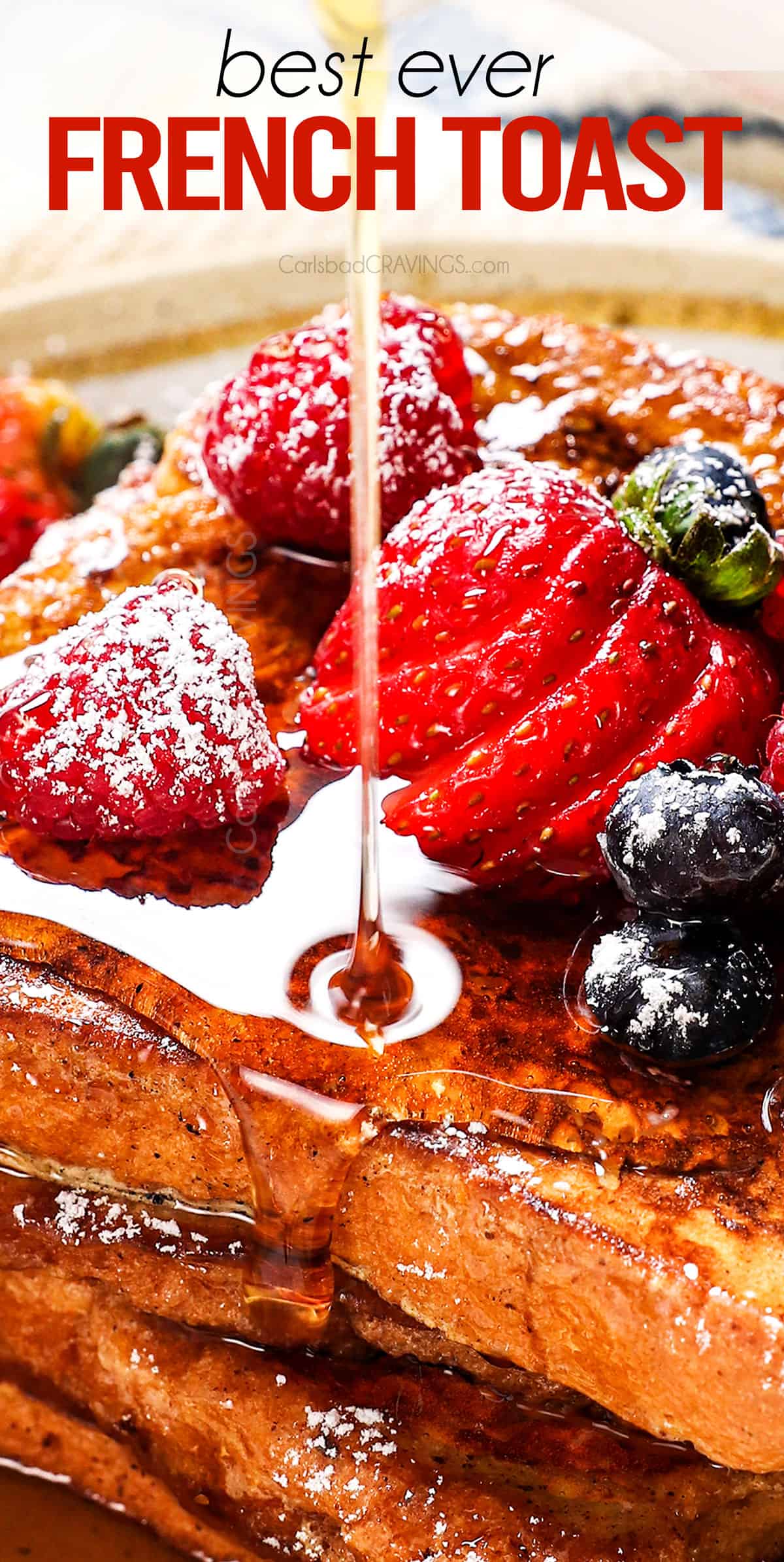

You will love this Easy French Toast Recipe
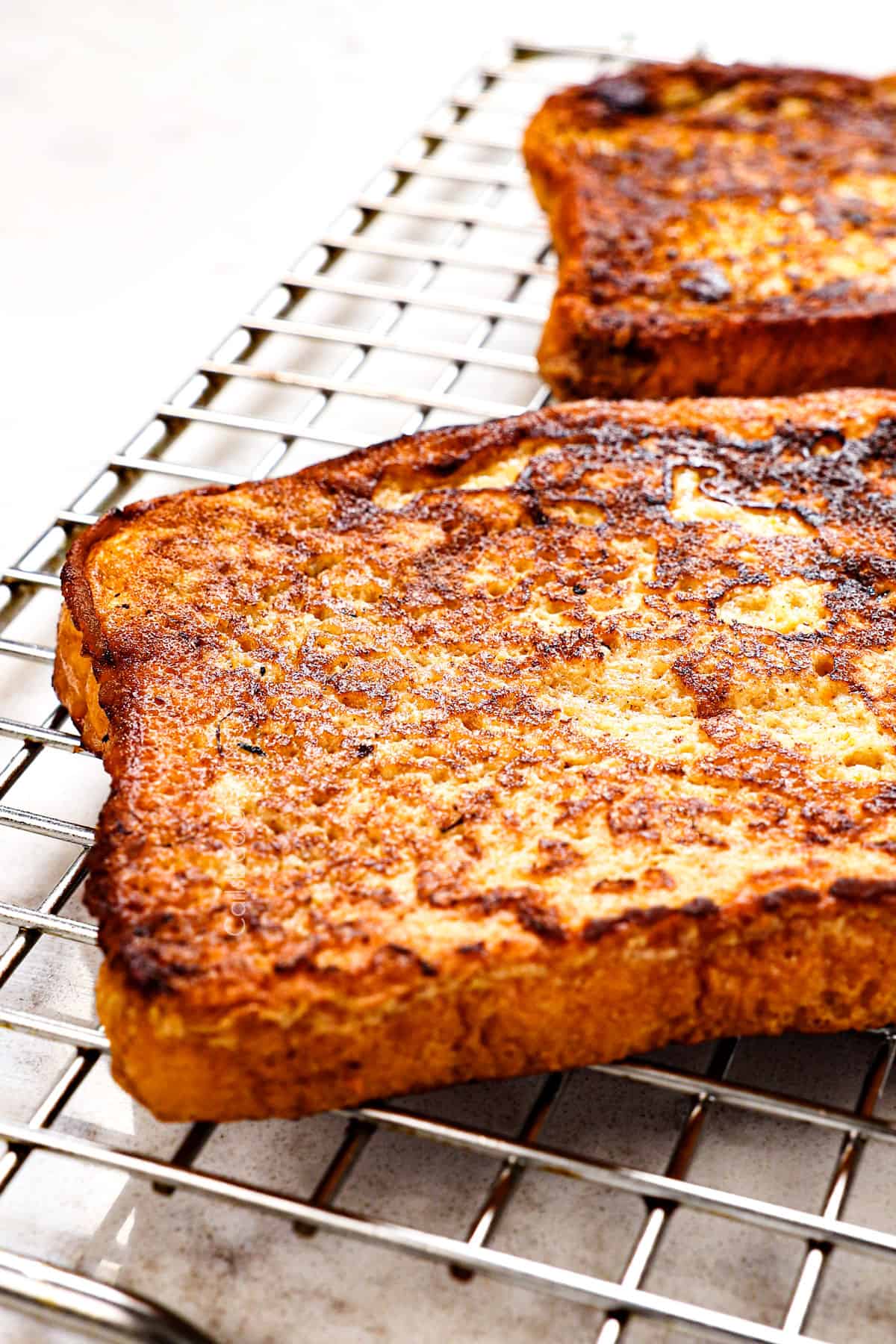
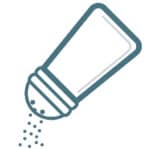
Easy French Toast ingredients
Let’s take a closer look at what you’ll need to make the best homemade French Toast recipe (measurements in the printable recipe card at the bottom of the post):
- Bread: My personal favorite bread for French toast is brioche, but I’ve detailed the differences below so you can select what’s right for you. If the bread is sold in loaves and not pre-sliced, slice it 3/4-inch thick.
- Eggs: The eggs are whisked together with half and half, sugar, flour and spices to create a custard-like mixture. The eggs act as a binder to firm up the liquid ingredients and “glue” the batter to the bread.
- Half and half: This is half milk, half heavy cream, so feel free to make your own. Half and half is preferred over milk for a richer, creamier mouthfeel, but you may use any milk or milk substitute noting it won’t achieve quite the same texture.
- Flour: This secret ingredient thickens the egg mixture to make a “batter” that clings the French Toast without making it soggy, yielding extra fluffy and extra crispy results.
- Cornstarch: This works with the flour to absorb moisture and make the homemade French toast extra crispy.
- Brown sugar: This adds very subtle sweetens and helps the French toast caramelize better than granulated sugar with those caramelized lacey exteriors.
- Vanilla extract: Use pure vanilla extract for the best flavor.
- Spices: The recipe for French toast is infused with the aromatic flavors of ground cinnamon and nutmeg. A pinch of salt balances and enhances all the flavors.

WHAT’S THE BEST BREAD FOR FRENCH TOAST BAKE?
French Toast should be fluffy, soft, creamy and custardy, but not soggy. To achieve this texture, technically you can use any somewhat stale, thick bread, but for the best flavor and texture, brioche and challah are the best. Here’s the breakdown:
Brioche: Brioche is ideal for French toast due to its rich and buttery composition, adding a decadent sweet flavor. The high egg and butter content give it structure to soak up the custard and cook up golden, soft, and pillowy with a delicate and tender crumb. Brioche can usually be found by the loaf in the bakery section and sometimes pre-sliced with the breads.
Challah: Challah is also an excellent choice for French toast due to its dense and slightly chewy texture, which absorbs the egg mixture without becoming too soggy. The rich composition of eggs and butter in challah adds a luxurious flavor. It’s not quite as sweet as brioche and a little denser and drier. Still good, just not as good as brioche. Challah will be located in the bakery section of your grocery store.
Gluten free bread: You can make gluten free French toast recipe by using gluten free bread. Whole Foods carries Canyon Bakehouse Gluten-Free Bread in the frozen section (thaw first) or on Amazon here. I have also heard good things about Udi’s Gluten Free Bread.
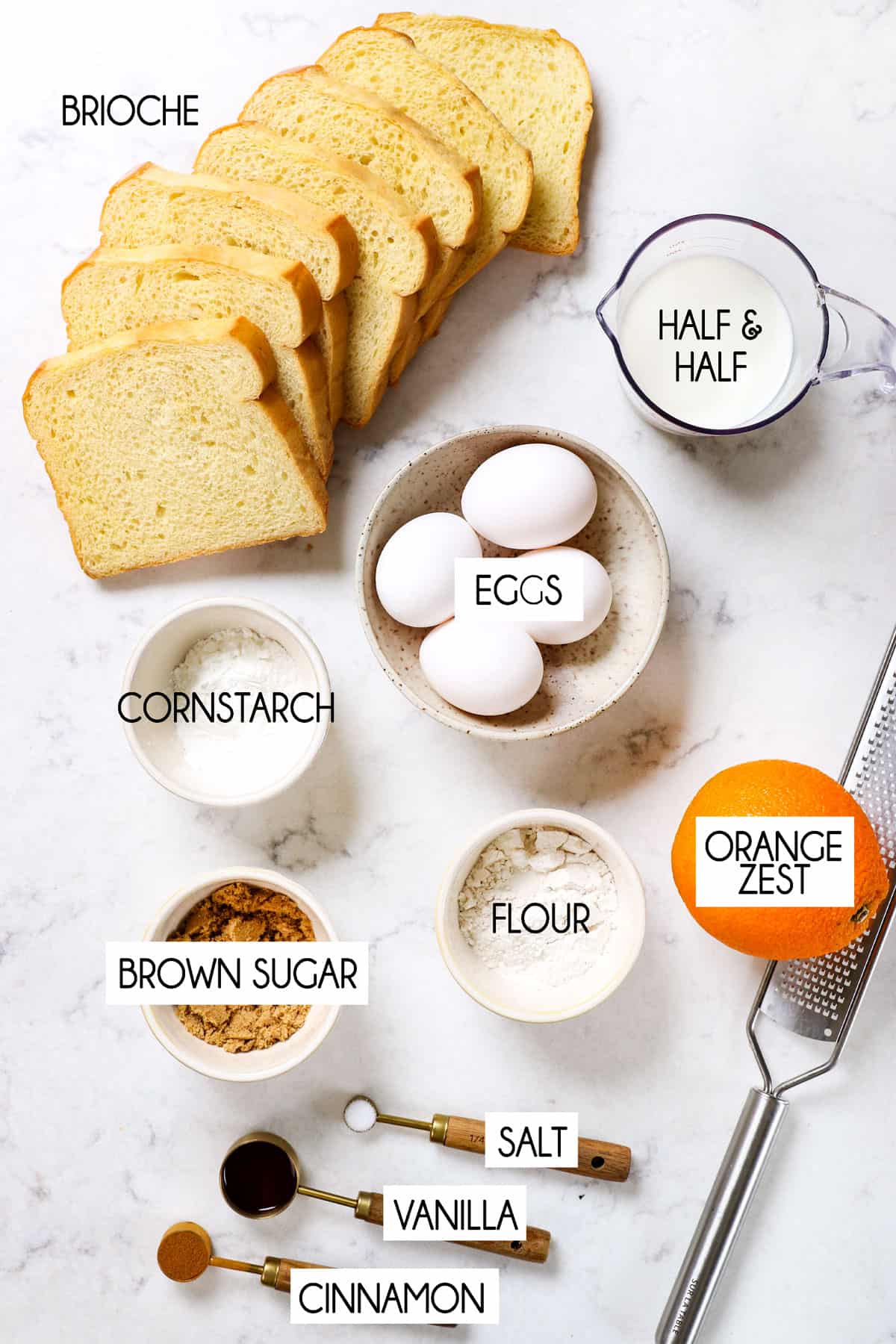

French Toast variations
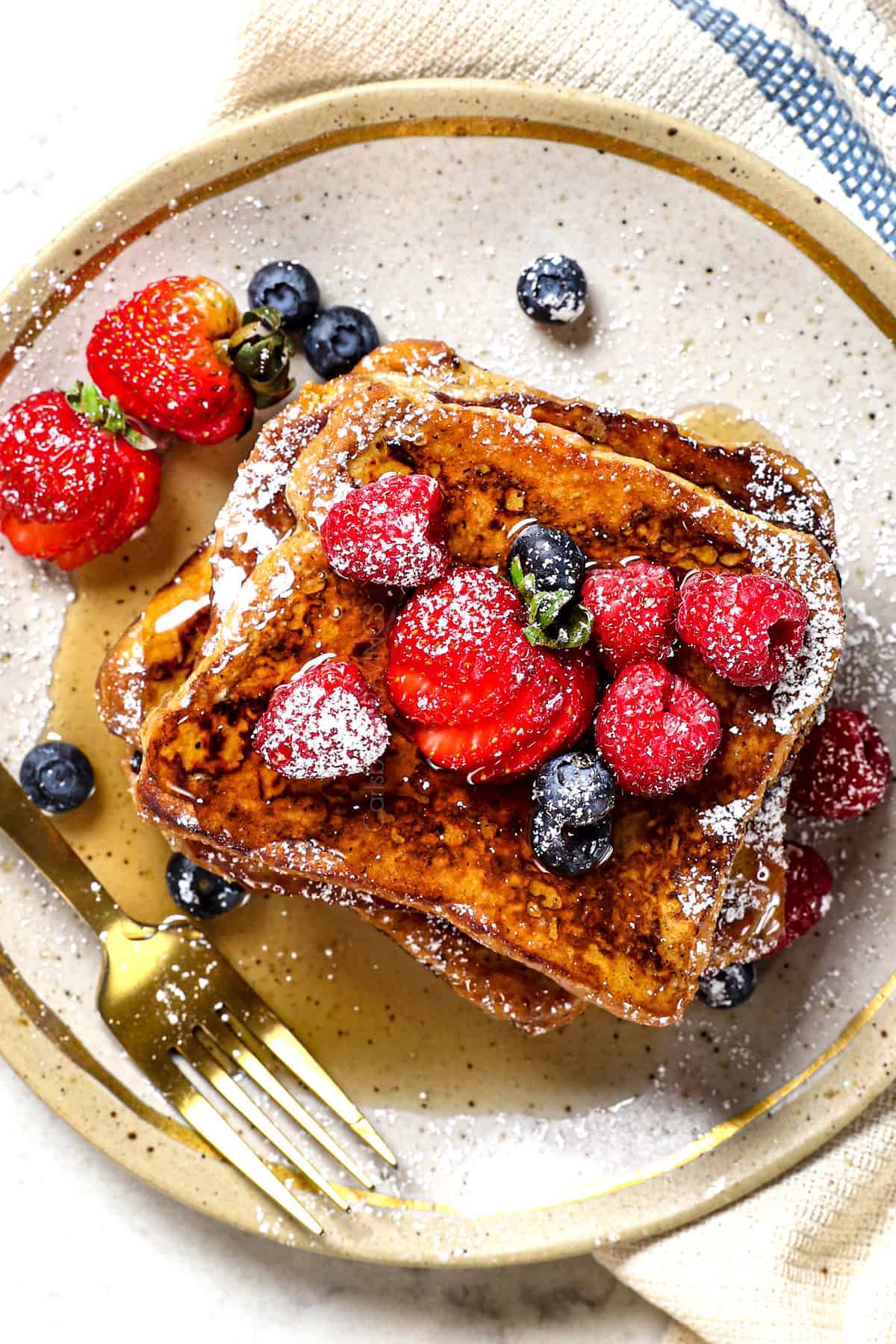

How to make this Recipe for French Toast
Let’s take a closer look with step-by-step photos (full recipe in the printable recipe card at the bottom of the post):
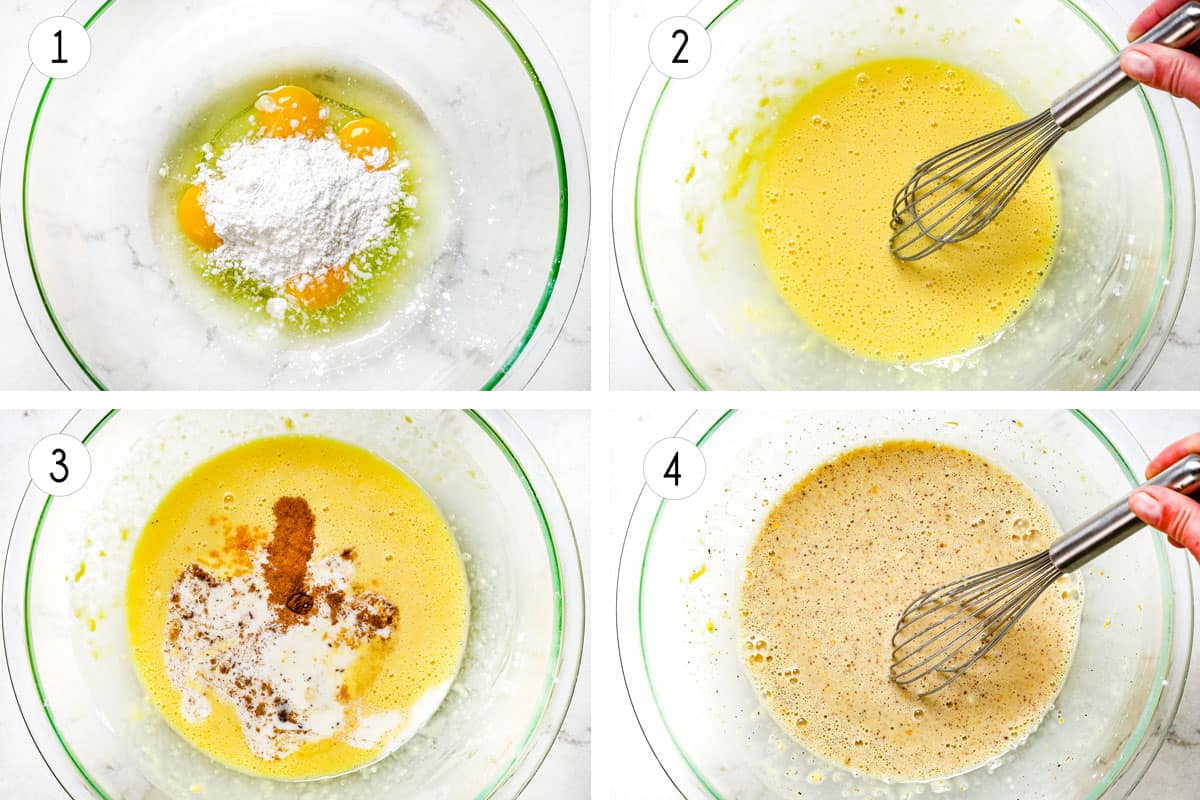
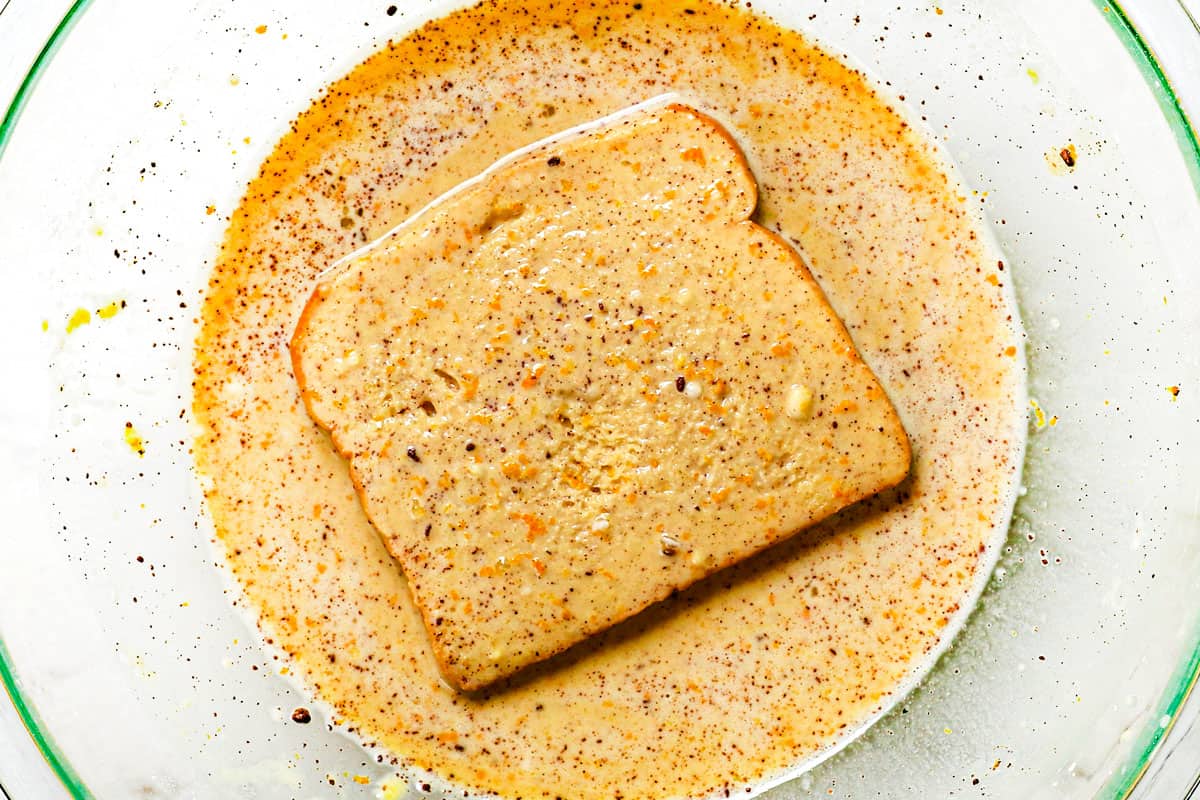
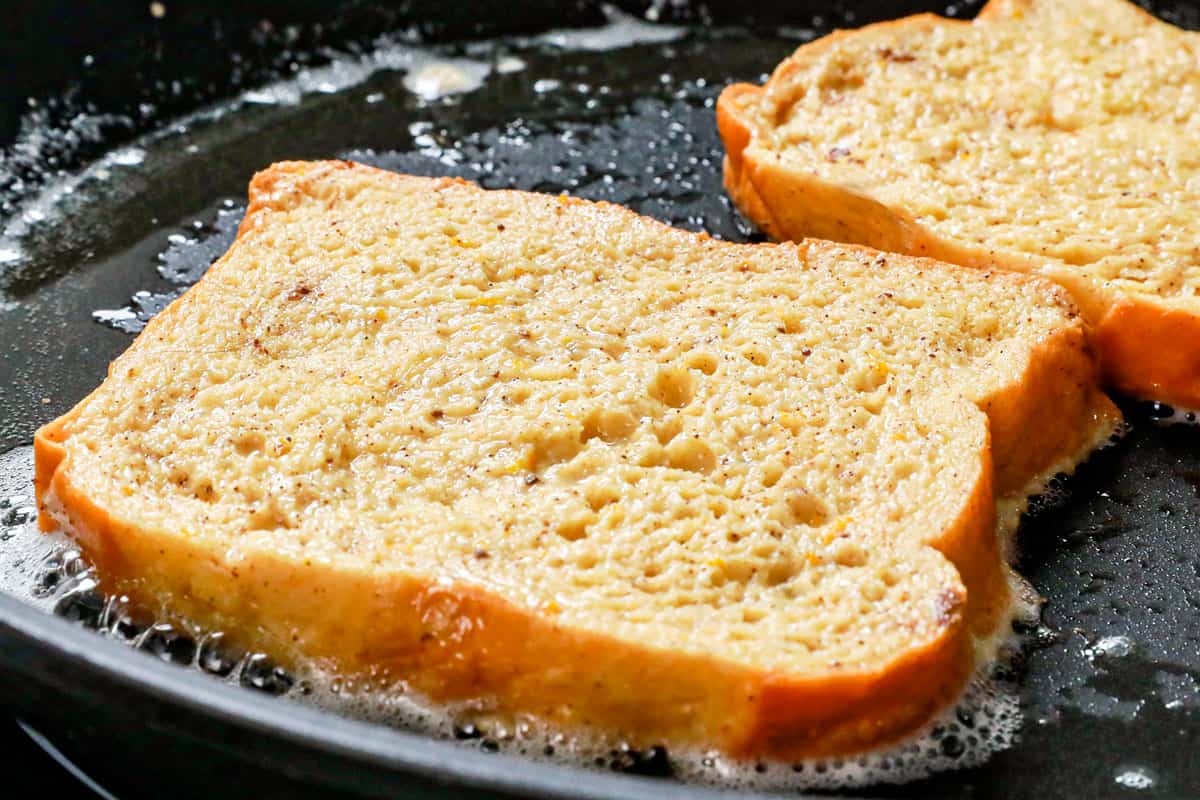

How long to cook french toast
The cooking time for French toast can vary depending on factors like the thickness of the bread slices, the actual temperature of the cooking surface, and personal preferences for doneness. However, a general guideline is to cook each side for about 2-4 minutes over medium heat. The goal is to achieve a golden-brown color on both sides while ensuring the interior is fully cooked and has a custard-like texture. Keep an eye on the toast, and adjust the cooking time accordingly to achieve the desired level of crispiness and doneness.
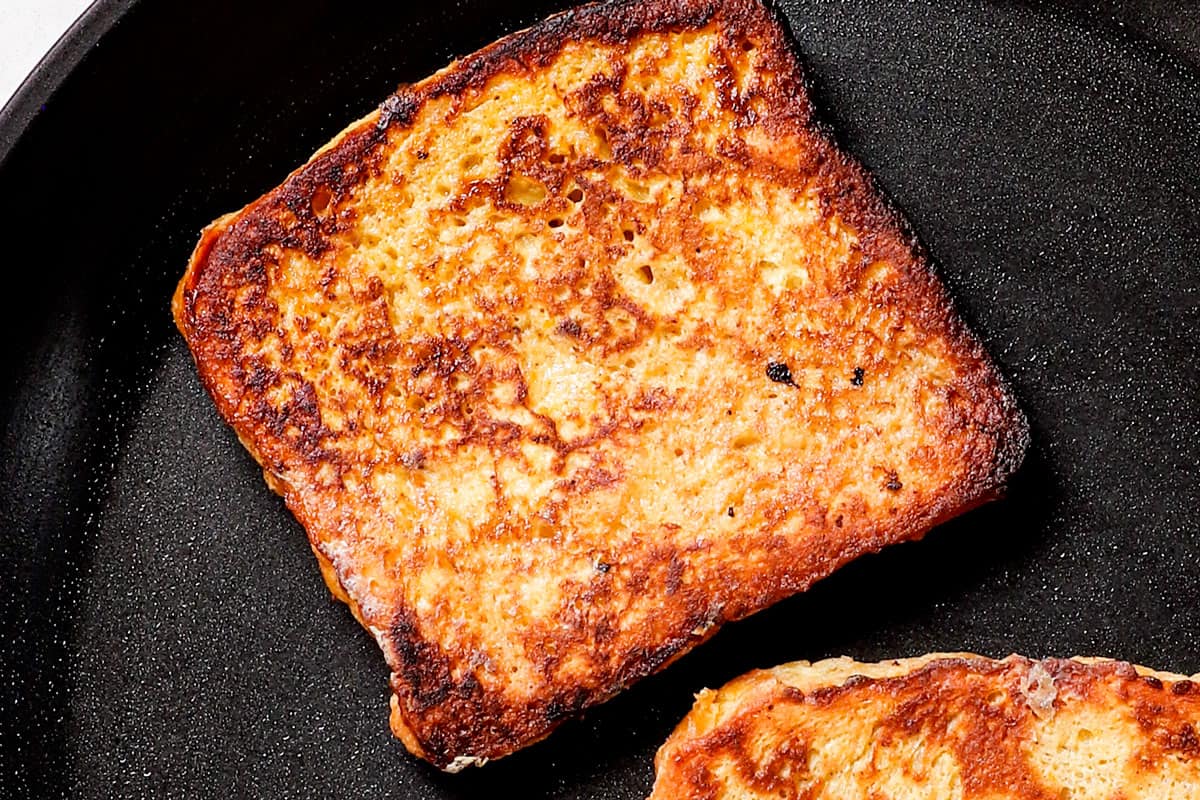
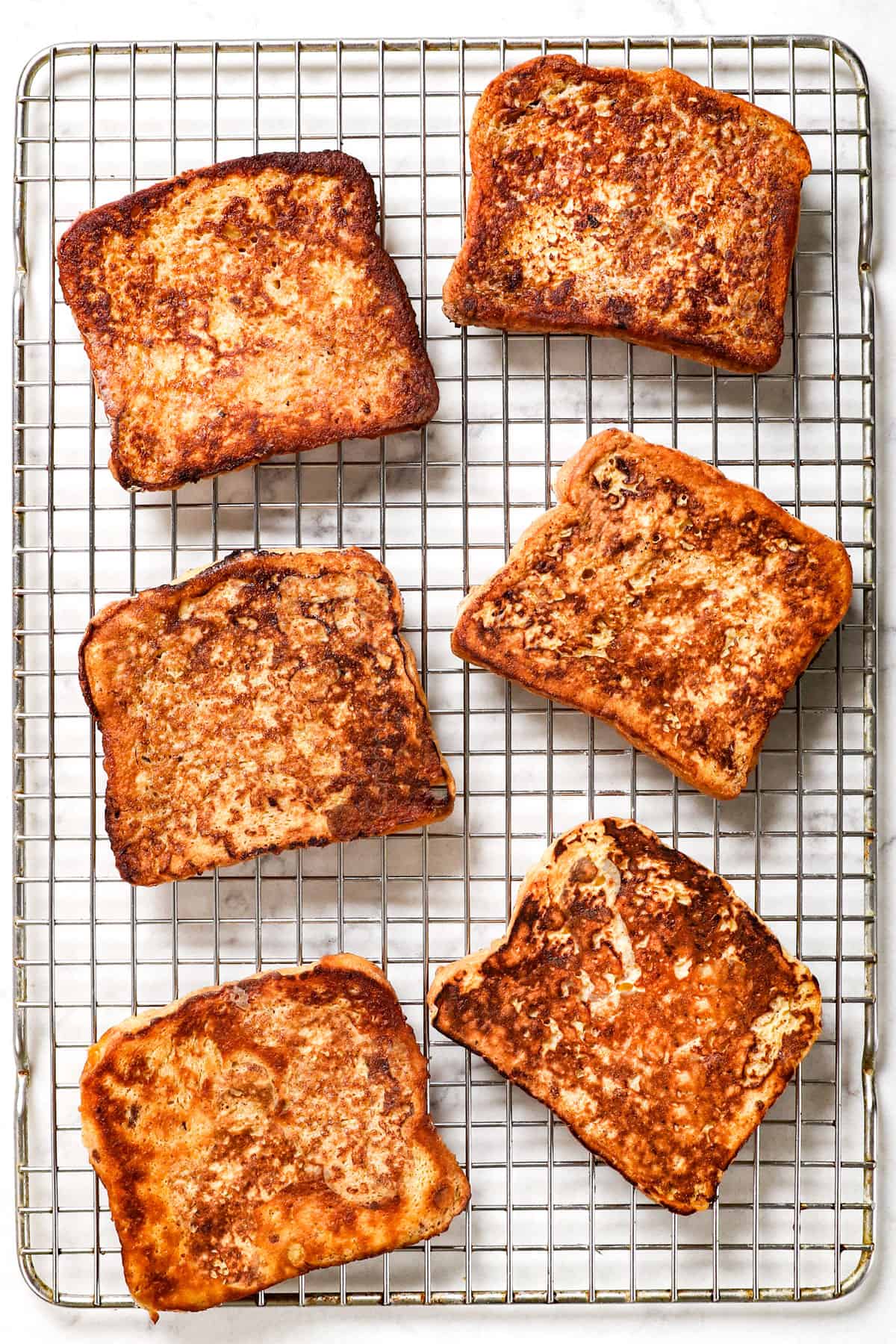
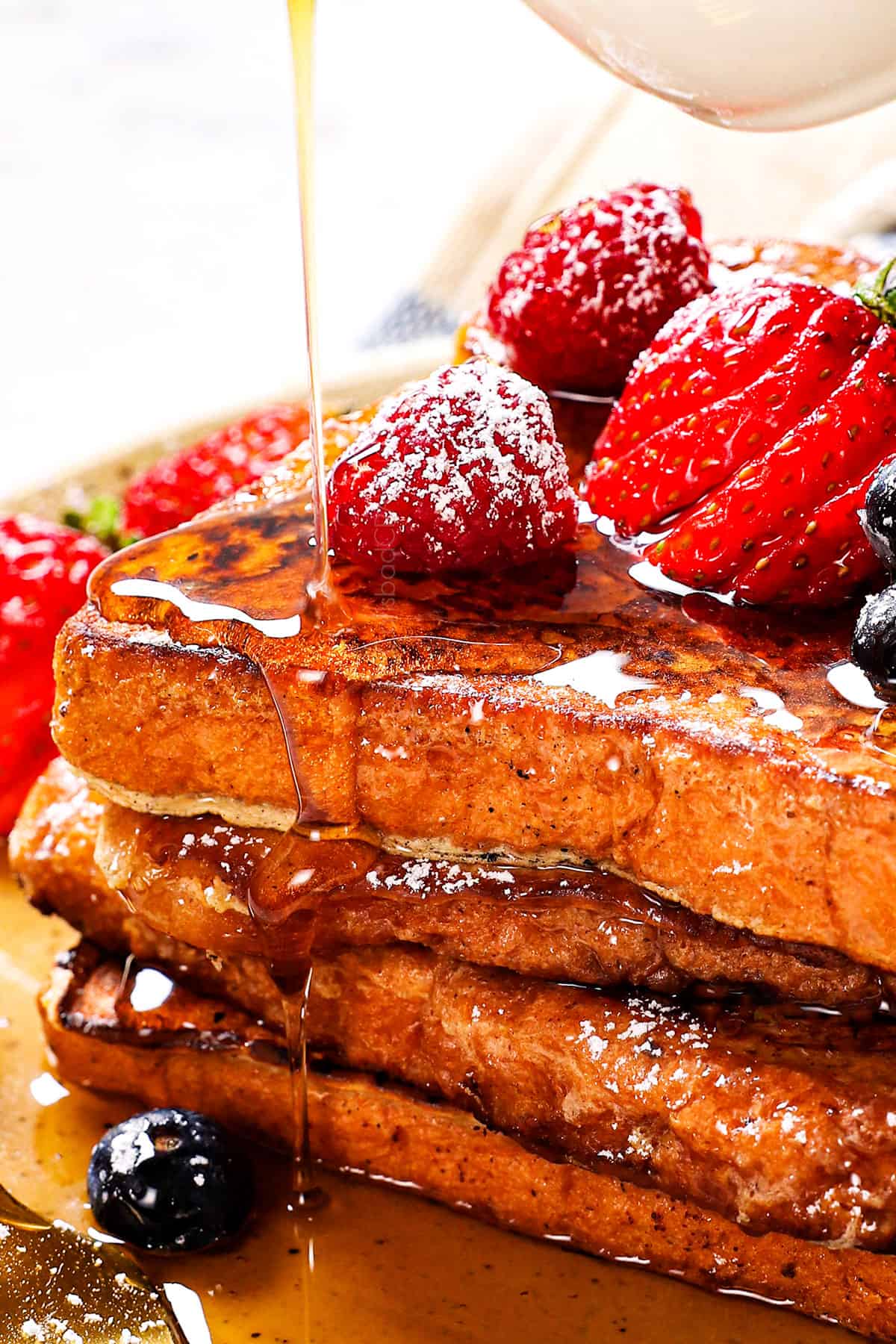

TIPS for the best french toast recipe
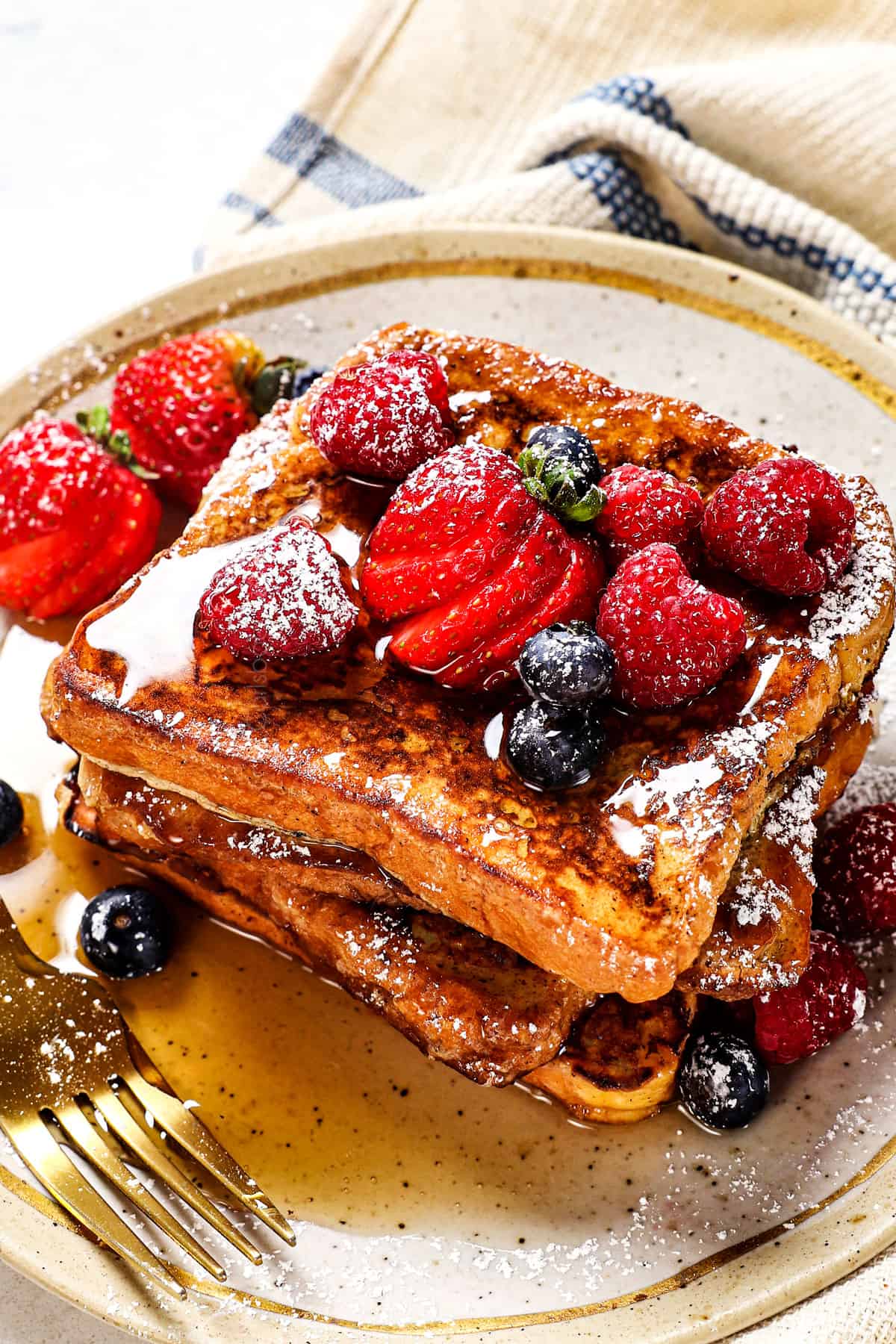

How to serve Homemade French Toast
This easy easy French toast recipe is best served warm! Keep the French toast warm between batches by placing on a baking rack in a baking sheet in an oven preheated to 200°F. When ready to serve, don’t stack, but rather transfer to individual plates or a large serving platter garnished with optional mint sprig, sprinkle of cinnamon, or sprinkle of powdered sugar. See below for more topping ideas!
French toast toppings

How to store this Basic French Toast Recipe
1. Cool Completely: Allow the cooked French toast to cool completely. This helps prevent condensation inside the storage container.
2. Add to Airtight Container: Either wrap each slice individually in plastic wrap or stack multiple slices with a piece of parchment paper between each slice to help maintain texture.
3. Refrigerate: Store in the refrigerator for up to 4 days.
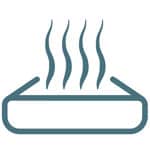
how to reheat french toast
Reheating French toast is easy and can be done using various methods. Here are a few options:
-Toaster or Toaster Oven: Toast until the slices are heated through and achieve your desired level of crispiness.
-Oven: Bake in a single layer on a baking sheet at 350 degrees F for 8-10 minutes or until heated through.
-Microwave (Not Recommended for Crispness): Heat for 10 seconds, then at 5 second increments until heater through.
-Stovetop: Reheat in a skillet over medium heat for a couple minutes on each side until heated through.
-Air Fryer: Preheat your air fryer to around 350°F (175°C). Air fry in a single layer for 3-5 minutes, checking for doneness.
can you freeze french toast?
Absolutely! Freezing French toast is a convenient way to prepare it in advance for quick and easy breakfasts. Here’s a simple guide on how to freeze French toast:
1. Cool: Allow the cooked toast to cool completely for the best texture.
2. Flash Freeze: Arrange the cooled slices on a baking sheet, ensuring they are not touching. Place the baking sheet in the freezer and allow to “flash freeze” for about 1-2 hours. This step helps maintain the individual shape of each slice.
3. Wrap Individually: Once the slices are frozen, individually wrap each piece tightly in plastic wrap or aluminum foil. Alternatively, you can place them in a single layer in a resealable freezer bag, placing a piece of parchment paper between each slice to prevent sticking.
5. Label and Date: Label each wrapped slice with the date of freezing.
6. Store in Freezer: Freeze for up to 2 months.
7. Reheat When Ready to Serve: When you’re ready to enjoy, reheat the slices directly from the freezer using an air fryer, toaster, toaster oven, or oven. Avoid using a microwave, as it can make the French toast soggy.

MEal Prep French Toast
You can make the batter up to 3 days ahead of time and refrigerate until ready to use. You can also follow the above instructions for refrigerator or freezing and reheating.
Classic French Toast Recipe FAQs
French Toast got its name because although it likely originated in 17th-century England, it was popularized in France. It originally was known as “pain perdu” or “lost bread,” which involved soaking stale or leftover bread in a mixture of eggs and milk before frying it. The dish made its way to America, where it became known as French Toast, reflecting its French origins and influence.
Some say that the dish was named after the French chef who introduced it to America, while others speculate that it was named simply because it sounded fancy and exotic. So while French toast may have a French-sounding name, it is not actually French in origin.
Yes, you can make French toast without milk. Use alternatives like almond milk, soy milk or coconut milk, for the soaking mixture, depending on dietary preferences or restrictions.
French toast has ancient origins and is not exclusive to France. Its roots can be traced back to ancient times, with variations appearing in different cultures. The dish likely originated independently in multiple places. In the 4th or 5th century, the Romans had a similar dish called “aliter dulcia,” which involved soaking bread in a mixture of milk and eggs before frying. The term “French toast” itself became popular in 17th-century England and was later brought to America, where it evolved into the dish known today.
French toast can become soggy if the bread absorbs too much of the egg and milk mixture during soaking. To prevent sogginess, it’s essential to briefly dip the bread into the mixture, ensuring it’s coated but not overly saturated – 3 seconds on each side is ideal. Additionally, using stale or slightly dried bread can help maintain a better texture.
Yes! Leaving bread out overnight can help it become slightly stale, which absorbs the egg and milk mixture without becoming overly soggy, resulting in a better texture when cooked. If you don’t have stale bread, you can also achieve a similar effect by toasting or baking fresh bread slices lightly before making French toast.
The trick to making good French toast is adding flour to the egg mixture.
This create a thicker and more stable coating, more like a batter, which prevents the bread from becoming soggy and contributes to a crispier texture when cooked. The flour adds structure to the batter, resulting in French toast with a delightful balance of tenderness and crispiness.
The most common mistake in making French toast is over-soaking the bread in the egg and milk custard. If the bread absorbs too much liquid, it can become overly soggy and may not cook evenly. To avoid this, it’s crucial to briefly dip the bread into the mixture, ensuring it’s coated but not saturated. Using stale or slightly dried bread and adjusting the soaking time can help achieve the desired texture.
The ratio of milk to eggs in French Toast is 4 eggs to 2/3 cup milk. This ratio provides the right balance between the richness of the eggs and the moisture from the milk, resulting in a flavorful and custardy mixture without being too “eggy.” Adjustments can be made based on personal preferences.
The soaking time for French toast is relatively brief, typically about 3 seconds on each side of the bread. This short dip allows the bread to absorb the egg and milk mixture without becoming overly saturated, helping to prevent the French toast from being too soggy. Adjusting the soaking time ensures a good balance, allowing the bread to absorb the flavors while maintaining a pleasing texture when cooked.
The trick to avoiding soggy French toast is to ensure the bread is only briefly dipped into the egg and milk mixture. Here are some tips:
1. Brief Soaking: Dip each slice of bread into the custard for a short period, approximately 3 seconds on each side. This allows the bread to absorb the liquid without becoming overly saturated.
2. Coating Thickness: Ensure that each slice is evenly coated with the custard, but avoid excessive soaking. The coating should be enough to cover the bread without making it too wet.
3. Slightly Dried Bread: Use slightly dried or stale bread. This type of bread absorbs the liquid better without becoming mushy, contributing to a better texture.
4. Flour in the Batter: Consider adding flour to the egg mixture. The flour creates a thicker and more stable coating on the bread, helping to prevent it from becoming too soggy and contributing to a crispier texture when cooked.
By paying attention to these factors, you can achieve French toast with a delightful balance of tenderness and crispiness, avoiding the common pitfall of sogginess.
Whether to use milk or heavy cream for French toast depends on personal preference and the desired richness of the dish. I like somewhere in between, and use half and half.
-Milk: Using milk provides a lighter option that’s less creamy.
-Heavy Cream: Heavy cream adds richness and a creamier texture to the French toast, making it more indulgent.
Half and Half: This strikes the perfect balance of decadence without being overly rich.
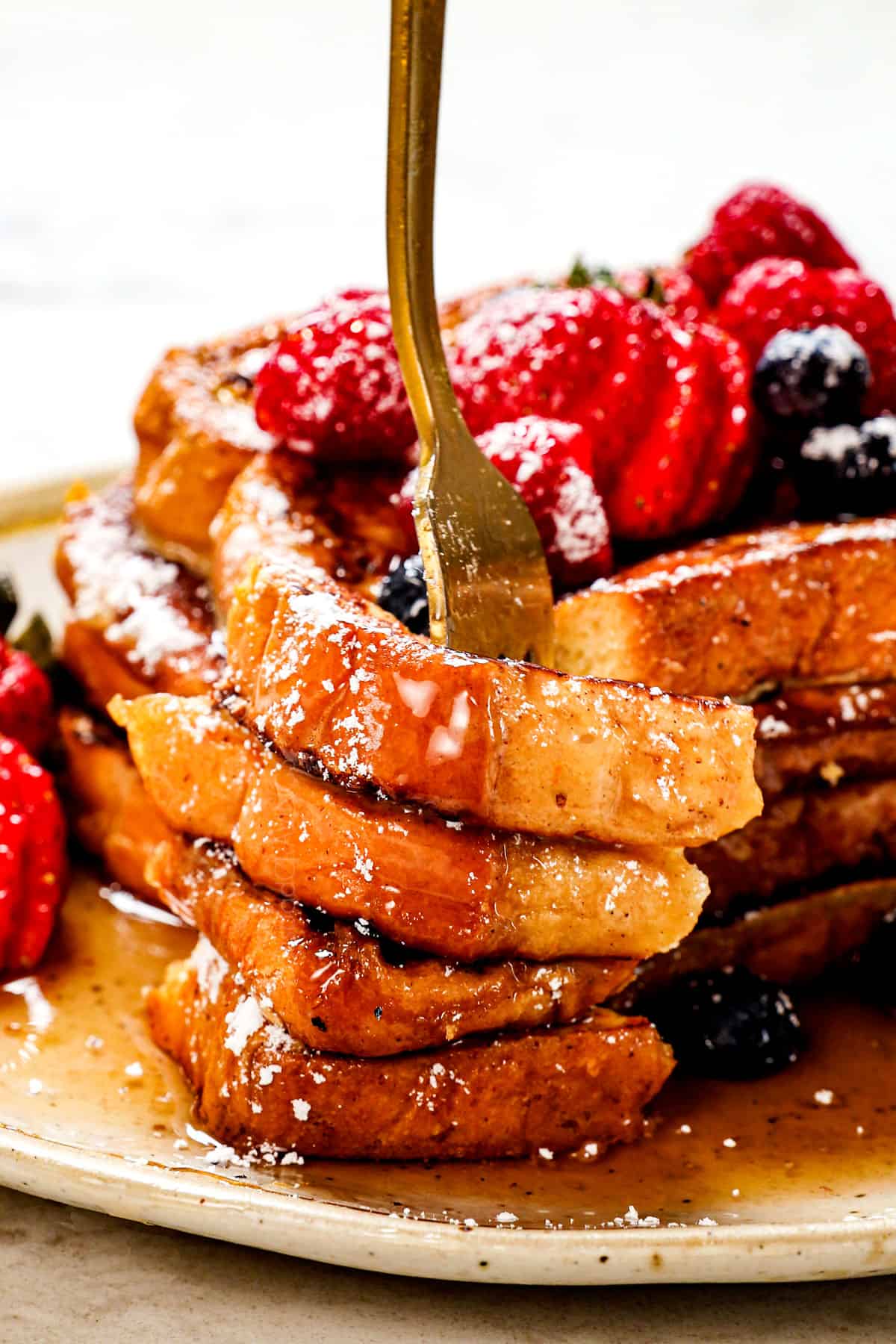

Looking for more French Toast Recipes?
French Toast Bake
Peaches and Cream French Toast Muffins
Creme Brûlée French Toast
Pecan Praline French Toast
Eggnog French Toat Casserole
Stuffed French Toast
Pumpkin French Toast
French Toast Roll-Ups
Dulce de Leche French Toast Casserole
Croissant French Toast Casserole
WANT TO TRY THIS RECIPE?
PIN IT to your recipe BOARD TO SAVE FOR LATER!
FIND ME ON PINTEREST FOR MORE GREAT RECIPES! I AM ALWAYS PINNING :)!
©Carlsbad Cravings by CarlsbadCravings.com
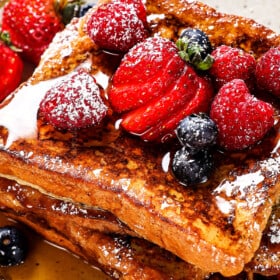
Classic French Toast Recipe
Save This Recipe To Your Recipe Box
You can now create an account on our site and save your favorite recipes all in one place!
Ingredients
- 4 eggs
- 1/4 cup flour (gluten free is fine)
- 1 tablespoon cornstarch
- 2/3 cup half and half (may sub milk, see notes)
- 2 tablespoons light brown sugar
- 1 1/2 teaspoons vanilla extract
- 1 teaspoon grated orange zest (optional)
- 1 teaspoon ground cinnamon
- 1/4 teaspoon salt
- Pinch nutmeg
- 12 slices thick (3/4-inch) bread (day-old preferred), (brioche -my fav, challah or Texas Toast)
- butter and vegetable or coconut oil for cooking
Optional Toppings
- butter, maple syrup, fruit, whipped cream, powdered sugar, etc.
- strawberry sauce
- blueberry sauce
- apple syrup
Instructions
- *Day Old Bread: This is preferred but not essential. Remove the bread from the package and let it rest on the counter, uncovered, for one day.
- Prep: Preheat the oven to 200°F to keep the French toast warm in between batches. Place a baking rack inside a baking sheet and place in the middle rack of the oven.
- Make Custard: Add the eggs, flour and cornstarch to a mixing bowl and whisk together until completely blended. Whisk in the remaining custard ingredients (half and half, brown sugar, vanilla, orange zest, cinnamon, salt, nutmeg).
- Prep Skillet: Melt 1 tablespoon butter with 1 tablespoon oil in a large nonstick skillet over medium heat.
- Batter Bread: Working with one piece of bread at a time, dip it in the custard for only 3-5 seconds per side (no longer or bread can become soggy), transfer to the HOT skillet and repeat.
- Cook: Cook until golden brown, about 2 minutes per side. Adjust the heat as needed to cook thorough without burning. If your French Toast is soggy (and you’ve used the correct bread), then either you’re soaking the bread too long or not cooking long enough. Transfer French Toast to the baking sheet in the oven to keep warm until ready to serve. Repeat until the custard or bread is gone, adding butter and oil as needed.
- Serve: Serve warm with desired toppings.
Video
Notes
- Half and half: This is half milk, half heavy cream, so feel free to make your own. Half and half is preferred over milk for a richer, creamier mouthfeel, but you may use any milk or milk substitute noting it won’t achieve quite the same creamy texture.
- Variations, Tips and Tricks: See post for lots of variations, topping ideas and more tips!
- To Store: Cool completely, then either wrap each slice individually in plastic wrap or stack multiple slices with a piece of parchment paper between each slice to help maintain texture. Store in the refrigerator for up to 4 days. To Freeze: Arrange the cooled slices on a baking sheet, ensuring they are not touching. Place the baking sheet in the freezer for about 1-2 hours, until solid. Once frozen, individually wrap each piece tightly in plastic wrap or aluminum foil. Alternatively, you can place them in a single layer in a resealable freezer bag, placing a piece of parchment paper between each slice to prevent sticking. Freeze for up to 2 months. When ready to enjoy, reheat the slices directly from the frozen using an air fryer, toaster, toaster oven, or oven. Avoid using a microwave, as it can make the French toast soggy.

Did You Make This Recipe?
Tag @CarlsbadCravings and Use #CarlsbadCravngs
Leave a Review, I Always Love Hearing From You!
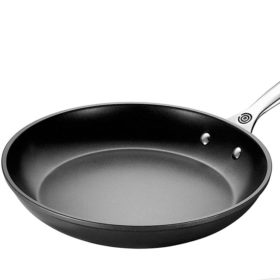
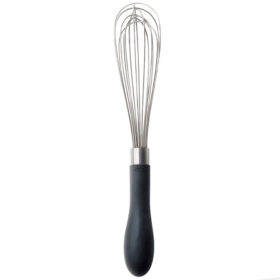
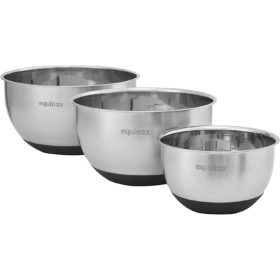
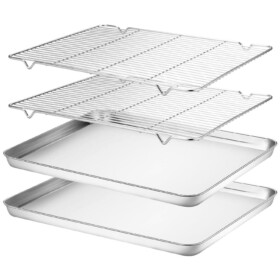


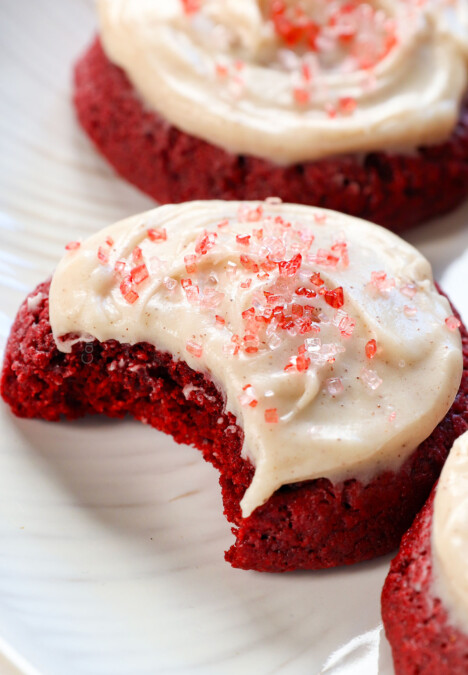

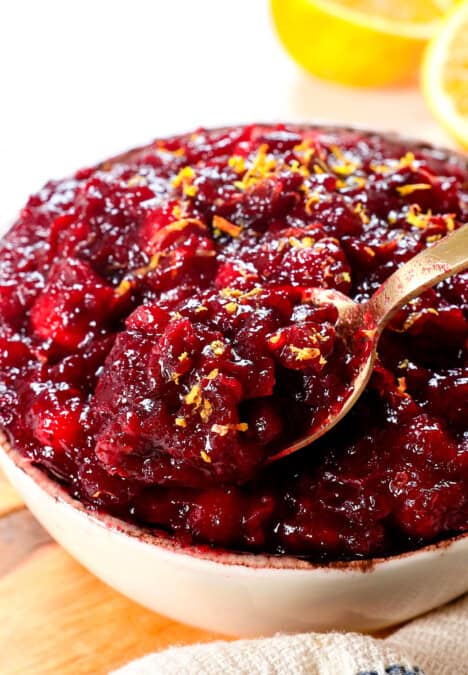
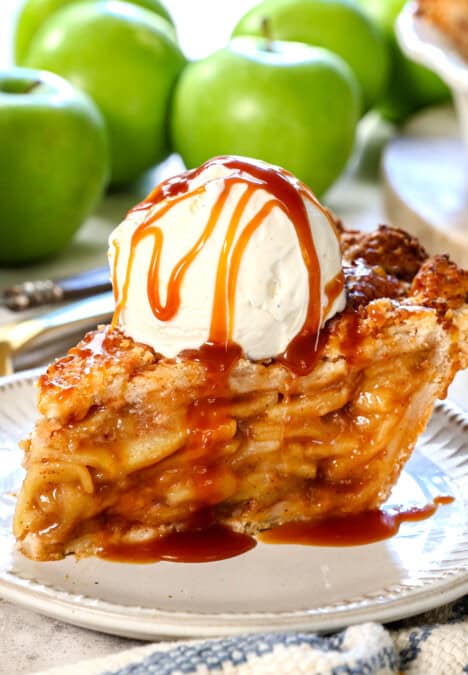


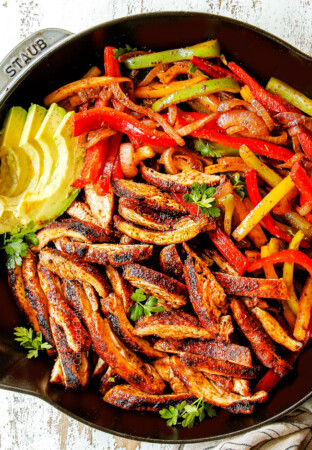
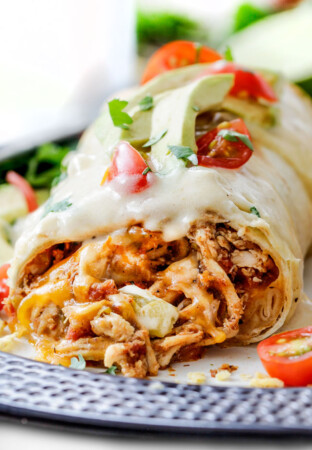
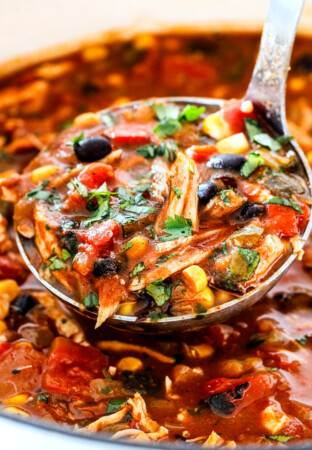
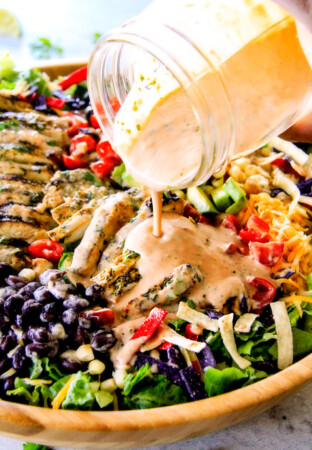
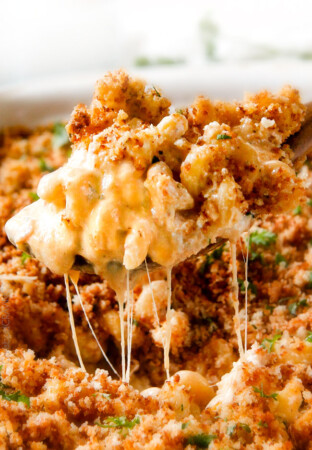
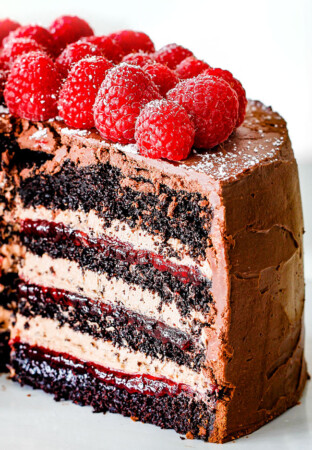

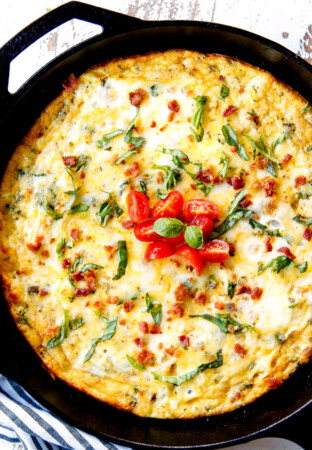
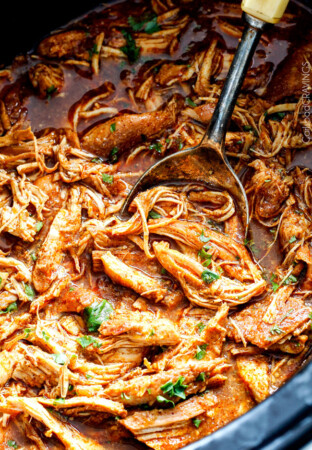
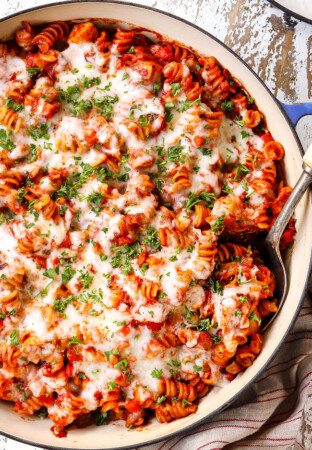

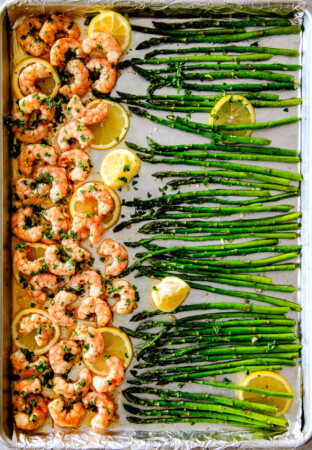

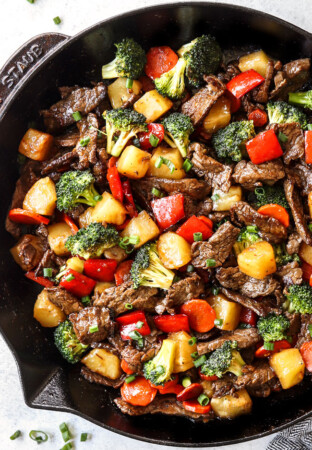
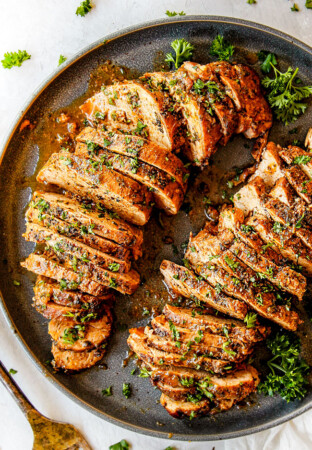
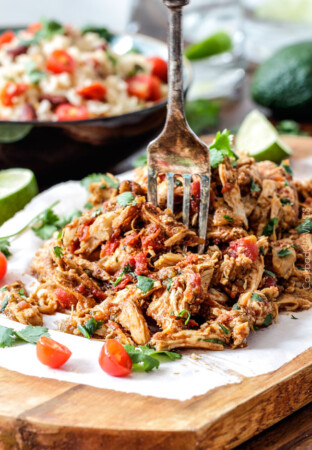
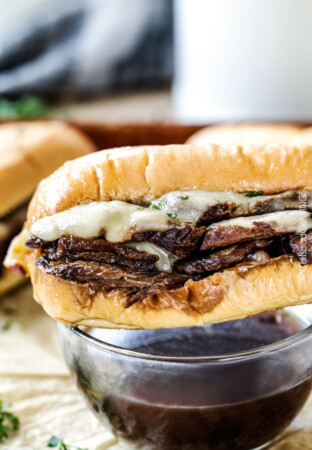
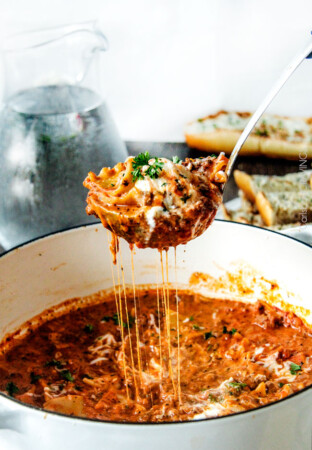
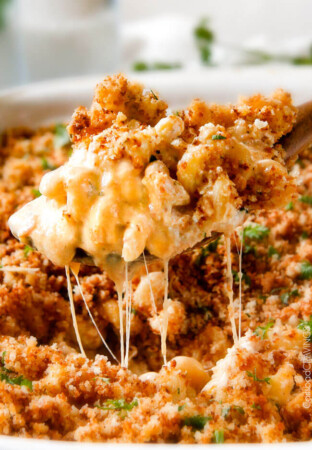
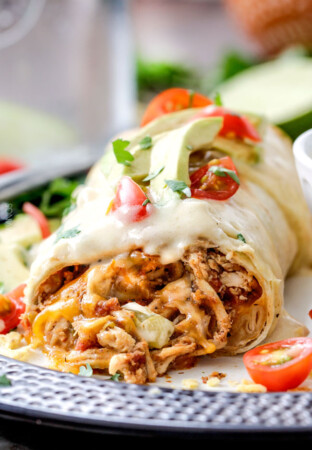
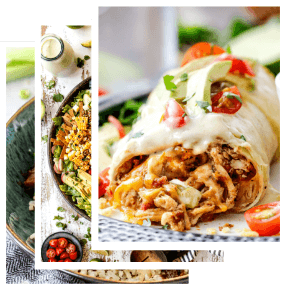
Paola Hartman says
In the instructions you did not mention mixing in the half and half. Why is that?
Jen says
Thanks for catching that, fixed!
Brenda Graham says
I used this recipe with your suggestion of coconut oil with the butter. This is now my go to recipe for French toast. Oh, I also used left over Italian bread. Each bite was a taste sensation!
Jen says
Yay! I’m so glad it was an amazing experience!!